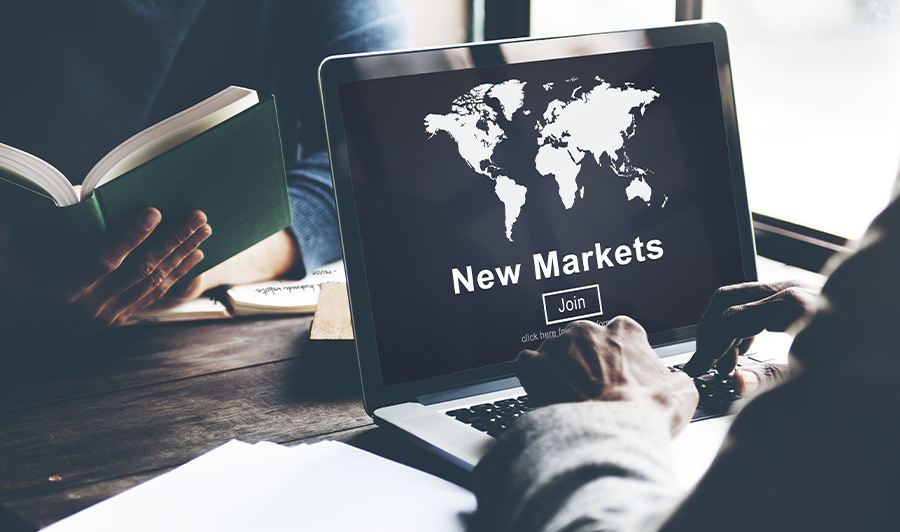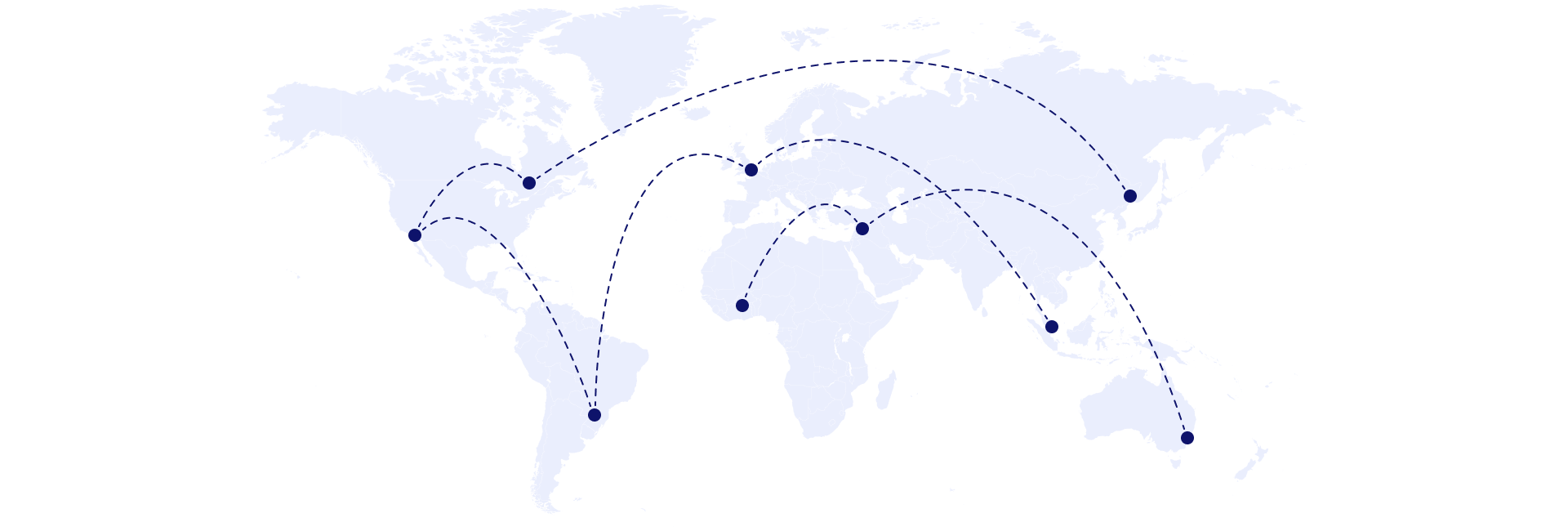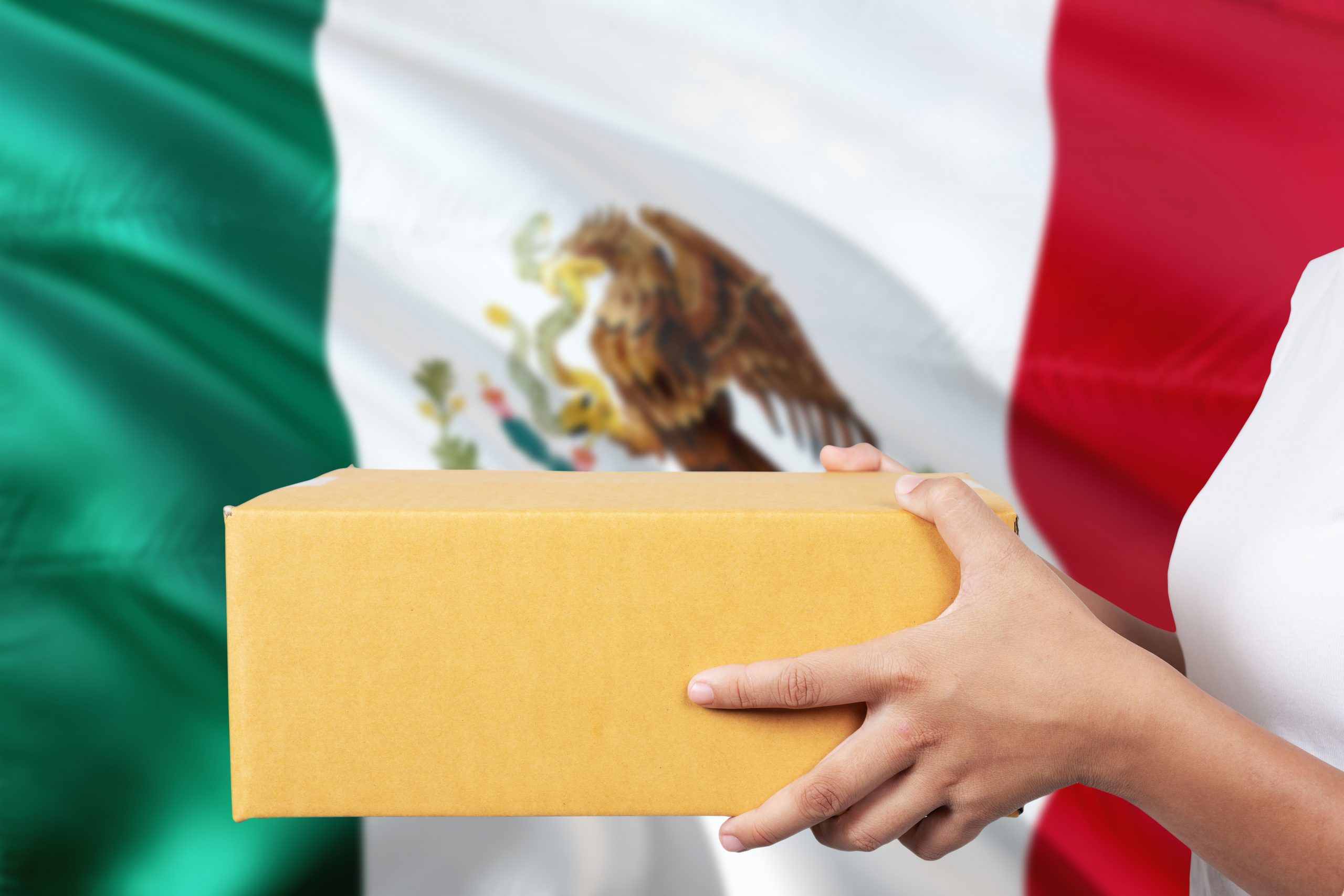
At first glance, international expansion sounds daunting. Many entrepreneurs new to the global marketplace envision lots of red tape, astronomical container shipping costs, language barriers and unexpected hiccups. In reality, with a little advance planning, small business opportunities in international trade can be both lucrative and interesting.
In this guide, we’ll look at trade agreements, and then we’ll examine the difference between established, emerging and frontier national economies. Then, we’ll explore three of the very best small business expansion opportunities coming in 2022. We’ll also talk about international currency transfer, and how choosing the right payment partner can save you significant amounts of money.
- Trade agreements
- Established versus emerging markets
- Three top small business opportunities in international trade
Trade agreements
Two way trade was up in 2021 across some of New Zealand's top 10 markets, including dairy, meat and wood. China was one of the biggest importers of New Zealand goods, taking almost a third of all exports, but this trend appears to be declining as economic growth in China slows. This may open the way for other markets in the region, such as South Korea and Japan, whose economies are bouncing back from Covid restrictions, to step in.
Additionally, the UK-NZ free trade agreement signed in February 2022 facilitates trade between the two nations and provides access to New Zealand goods.
What does that mean, then, from a practical perspective? In short, lots of opportunity for New Zealand firms — both small and large — to expand into foreign markets.
Established versus emerging markets
Every foreign marketplace is different, but in general, international marketplaces can be divided into three main categories: established, emerging and frontier. Economists apply the ‘established’ moniker to developed nations — economically advanced countries with thriving middle classes and mature capital markets. European countries, America, Canada, Hong Kong, Singapore and Japan all have established market economies.
Emerging economies, on the other hand, are rapidly growing and developing markets in developing countries. Income per capita is lower in these countries, but the number of middle-class consumers may be increasing. Emerging economies include China, Russia, Brazil and India. In recent years, emerging markets have been put into buckets and given acronyms, like these:
- BRIC: Brazil, Russia, India and China
- BRICET: Brazil, Russia, India, China and Eastern Europe
- MINT: Mexico, Indonesia, Nigeria and Turkey
- CIVETS: Columbia, Indonesia, Vietnam, Egypt, Turkey and South Africa
You’ll also sometimes hear people talking about the ‘Next Eleven’ — eleven countries identified by British economist Jim O'Neill as potential future powerhouse economies in tandem with BRIC. The Next Eleven lineup includes Bangladesh, Egypt, Indonesia, Iran, Mexico, Nigeria, Pakistan, the Philippines, South Korea, Turkey and Vietnam.
Frontier markets are arguably a subset of emerging markets: they’re a collection of national economies that haven’t begun rapid growth yet, and aren’t slated to do so in the near future. Consumers in frontier markets don’t have very much spending power, and infrastructures tend to be weaker than average. At the moment, frontier markets include Albania, Botswana, Romania and Sri Lanka.
Three top small business opportunities in international trade
According to a recent IHS Markit analysis, the global economy moved from post-pandemic recovery into growth mode in the second quarter of 2021. In other words, if you’ve been waiting to expand into international markets, now might be a good time to take the next step.
There are several ways to expand into foreign markets. Let’s talk about three of the most accessible international trade opportunities for small businesses: international ecommerce expansion, import and export developments, and international licensing.
International eCommerce expansion
Many marketplace sellers in New Zealand begin their international expansion strategies with eCommerce sites in other established markets like Singapore, Hong Kong or Australia, or in emerging economies in China or across Latin America. This is arguably one of the easiest ways to expand into foreign markets: if your target consumer base will wait for products, for instance, you can ship goods internationally from your existing local base.
If the market research you do to prepare for expansion indicates that consumers in your target marketplace won’t tolerate extended delivery times, international licensing and dropshipping could provide an answer. We’ll go into that in more detail below.
Import and export
Companies in New Zealand export a lot of different products every year. In 2021, the country's biggest exports by value were clustered around agriculture and farming. Other large-scale exports include food and beverage, fish, machinery and raw materials.
Import and export businesses involve more paperwork and have more complex logistics structures than domestic businesses, but they can still be lucrative ventures. You’ll need to look into export certificates before shipping goods, and you’ll need to operate in line with New Zealand and foreign regulations.
To read more about registering as a commercial exporter, visit New Zealand Customs Service. You can find more resources for exporters from the Ministry of Foreign Affairs & Trade website.
International licensing
In a nutshell, when you create an international licensing agreement, you give a company in another country the right to manufacture your product in return for payment. You might then decide to distribute your product in that market, or export your product to a neighbouring country — or even import it back into New Zealand.
Coupled with a dropshipping service, an international licensing agreement can be one of the most effective ways to run an eCommerce business overseas. Because products are locally manufactured, consumers don’t have to wait a long time for goods to arrive — and you save a lot of money on shipping costs.
Simplify international transactions with WorldFirst
We mentioned international payments and collections briefly at the beginning of this article; now, we’ll explore how businesses in New Zealand benefit from collaborating with an experienced currency exchange partner.
In the past, businesses used their banks to facilitate international transfers. Generally speaking, the process went smoothly and recipients received funds within one or two days — or in southeast Asia, up to five working days later. The associated fees, however, were often substantial — and the more transfers businesses made, the more fixed wire transfer fees they had to pay.
Later, third-party payment services began to offer cheaper international transfers. Fees and currency exchange rates varied from transaction to transaction, however, which made budgeting difficult — especially for low-volume marketplace sellers.
At WorldFirst we are committed to providing our customers value for money, so we do not charge account opening fees, monthly or annual subscription fees or interest on deposits.
With robust hedging solutions such as forward contracts, you'll also be also to access fixed exchange rates for months at a time. In practical terms, that means you can lock in a favourable exchange rate and that you’ll know exactly what you’ll pay for each transaction well in advance.
To find out more about WorldFirst products and services, chat to us online or register for an account.
Your easy alternative to a bank account abroad
With WorldFirst, you can pay suppliers in their local currency and choose the best time to move your money. Open up to 10 local currency accounts for free and start collecting funds when it suits you.

You might also like
Insights from WorldFirst cover the latest FX news, top accounting tips, strategies to mitigate risk and key industry trends. Choose a category below to find out more.
Businesses trust WorldFirst
Since 2004, more than 250K businesses have utilised WorldFirst to send more than $160B around the world.



